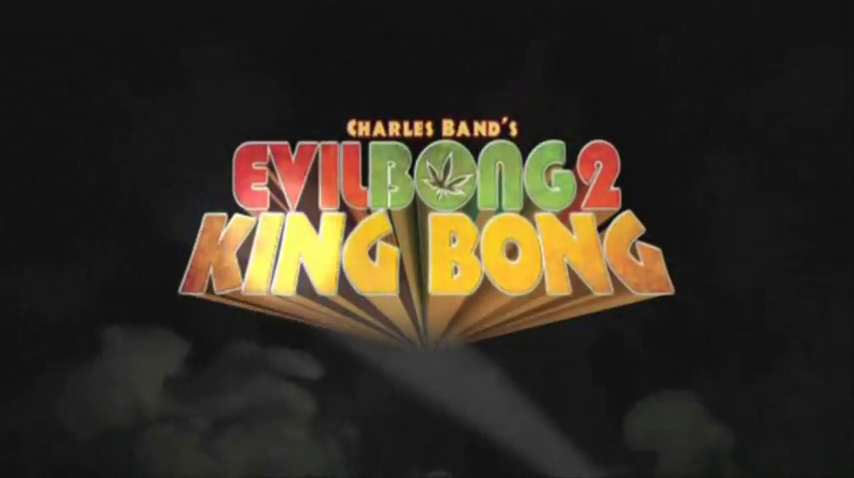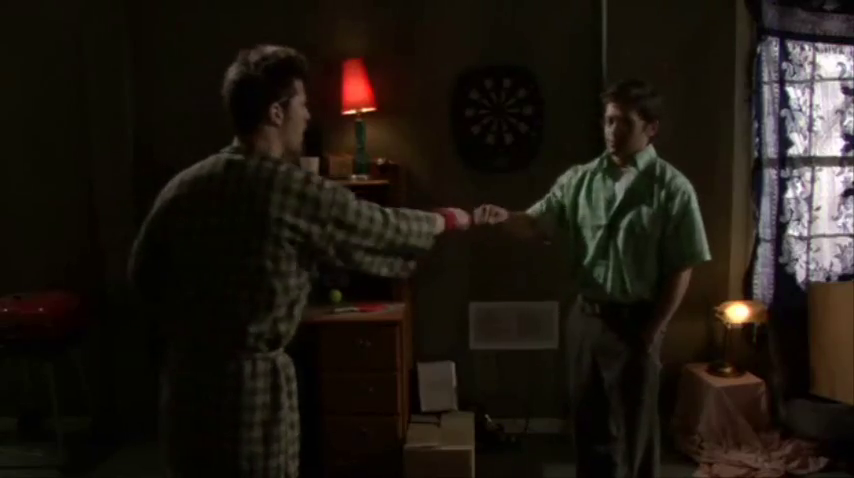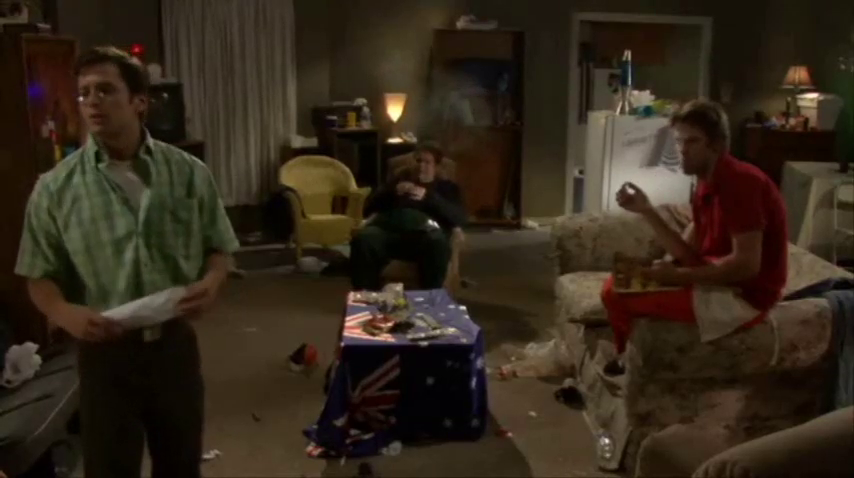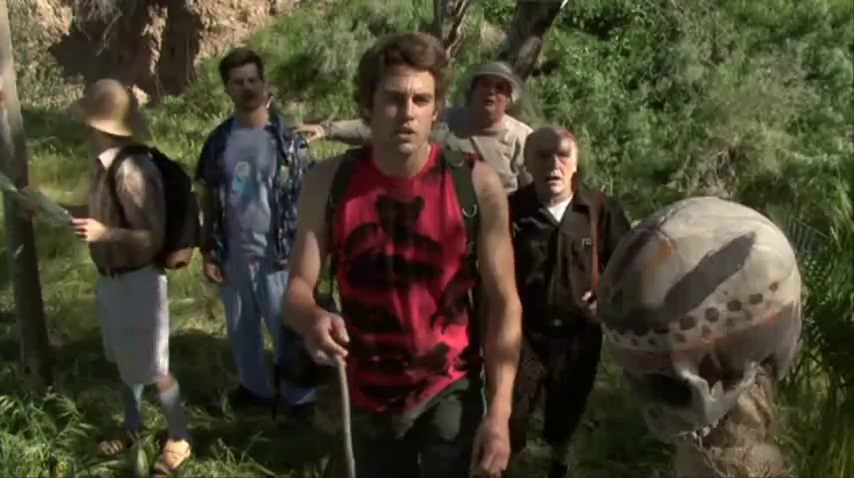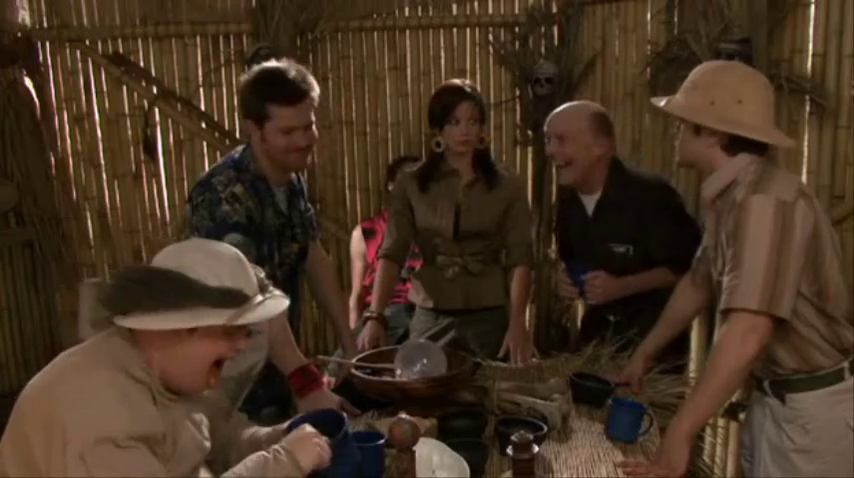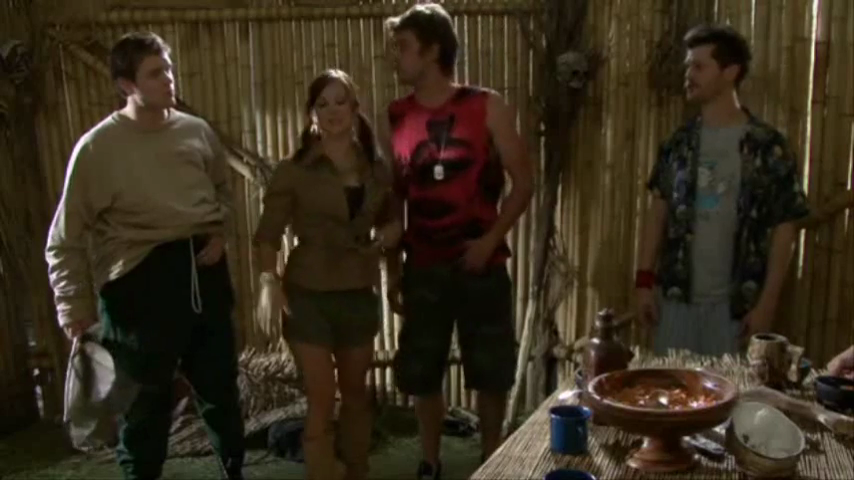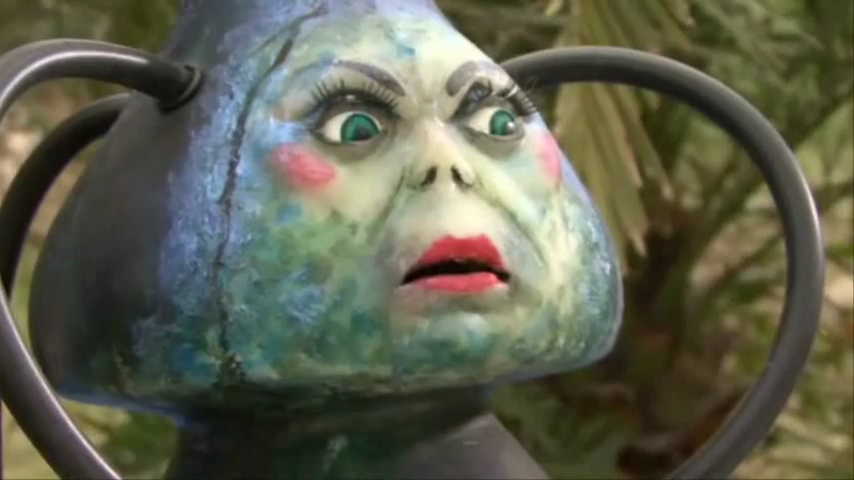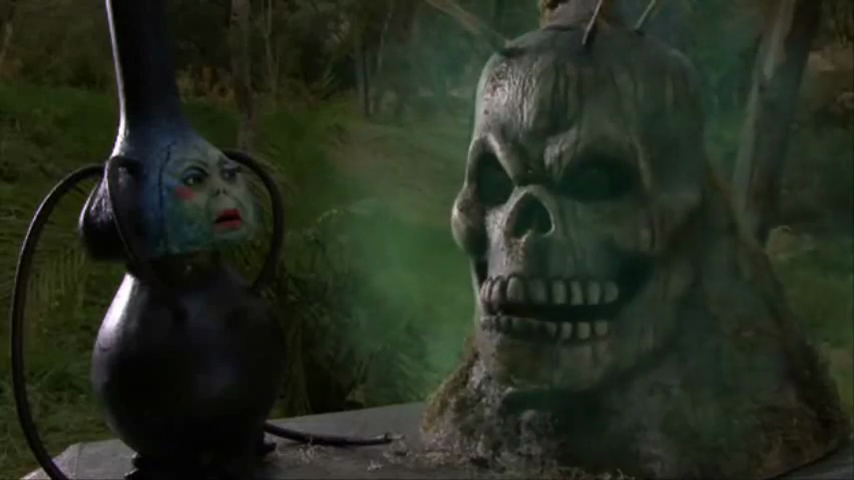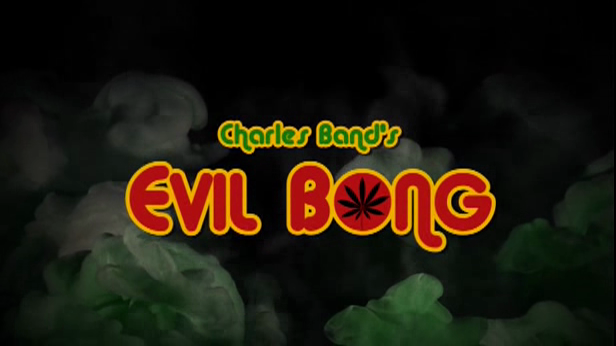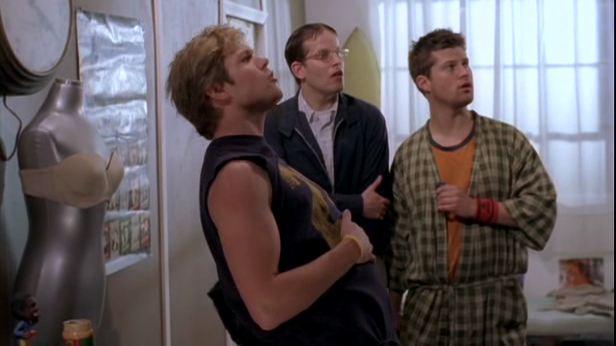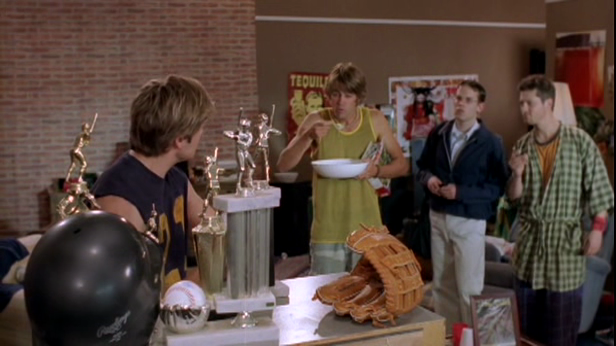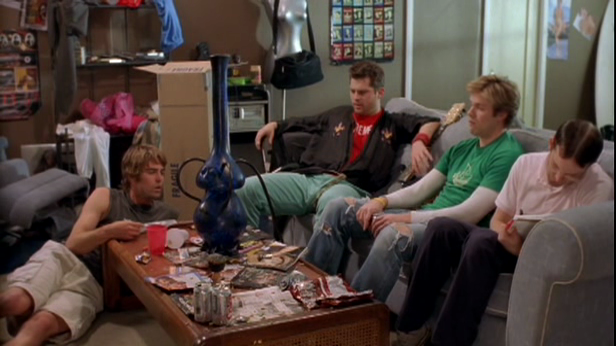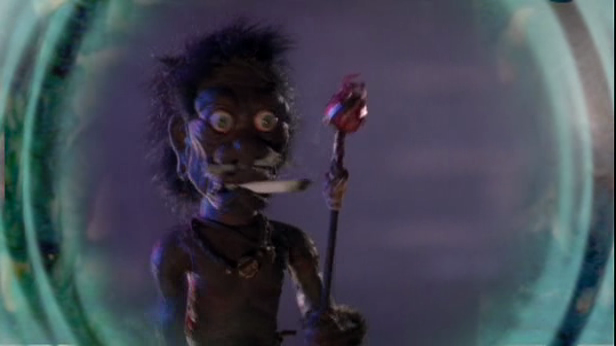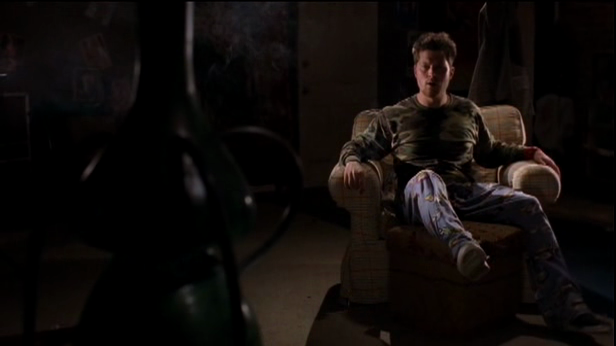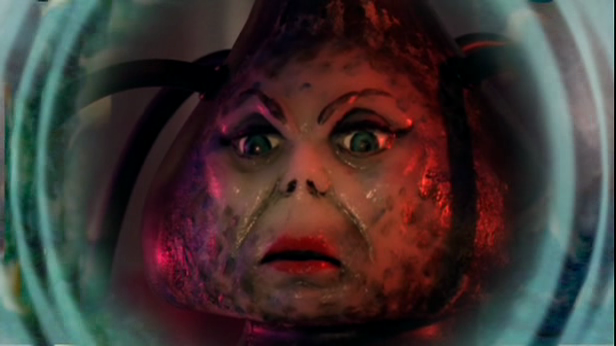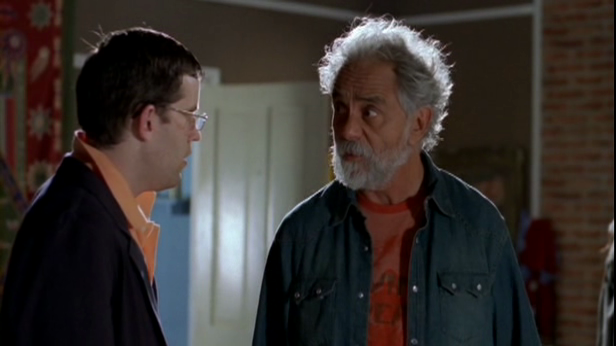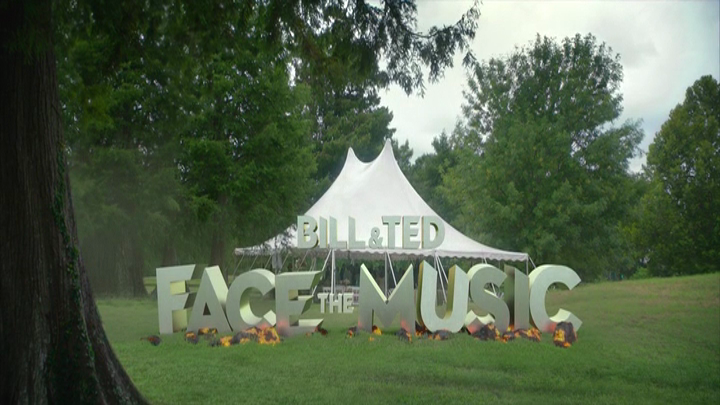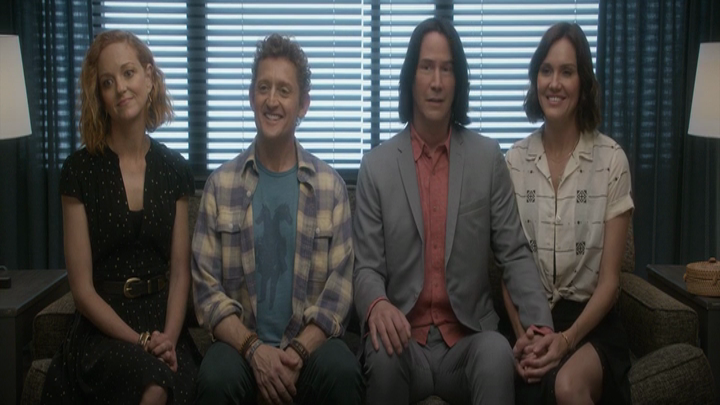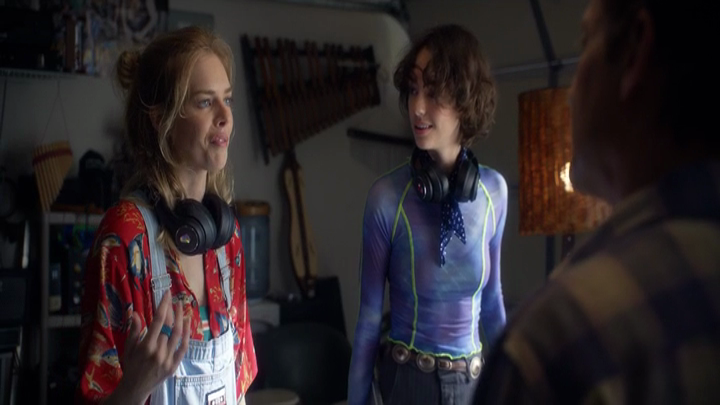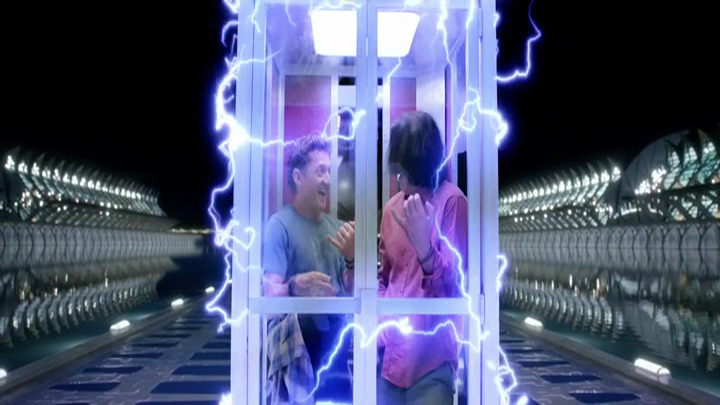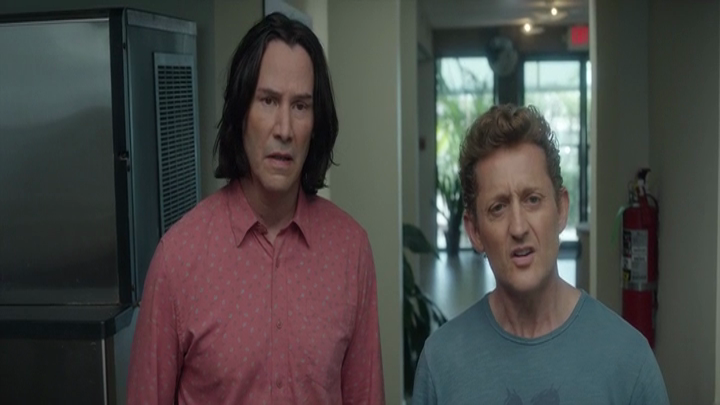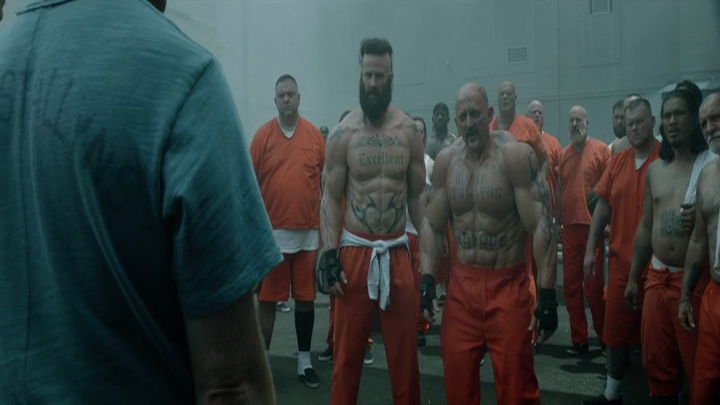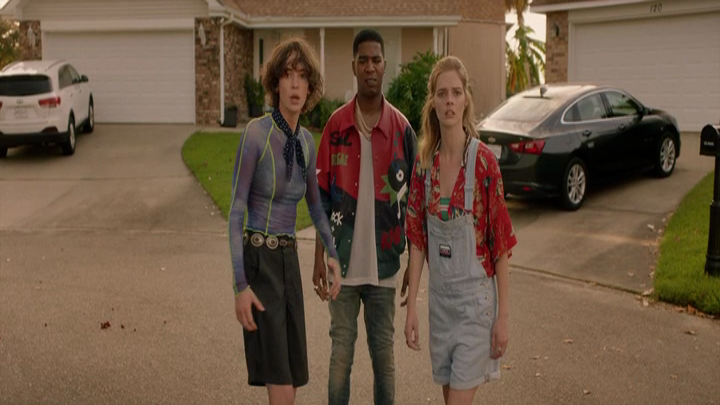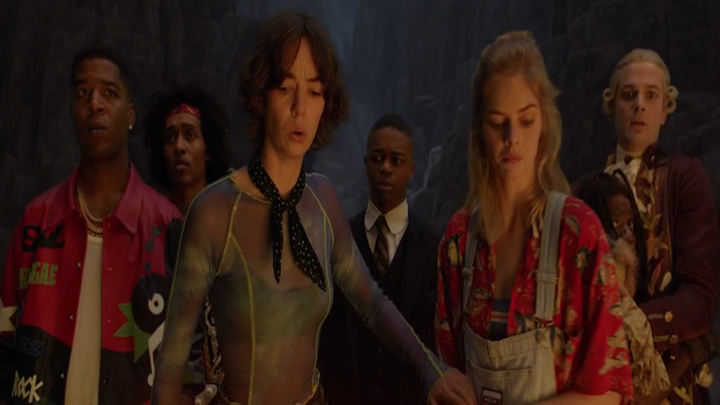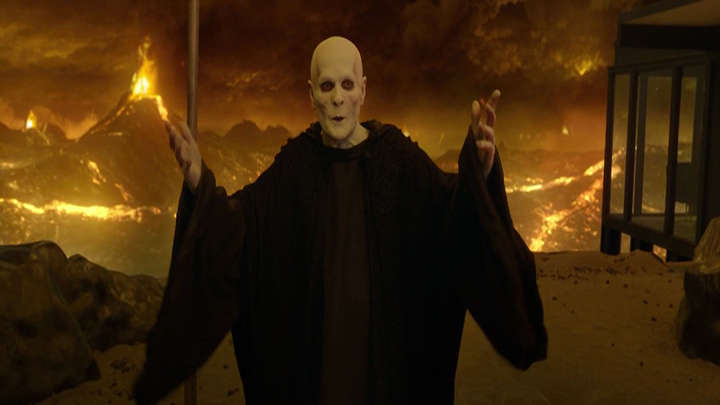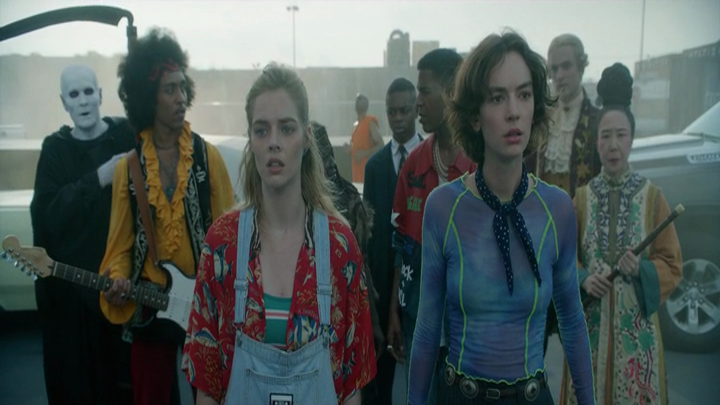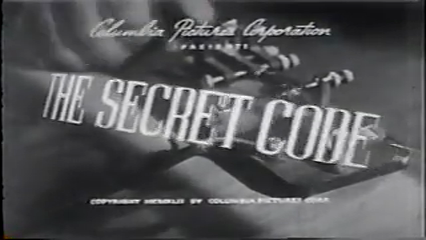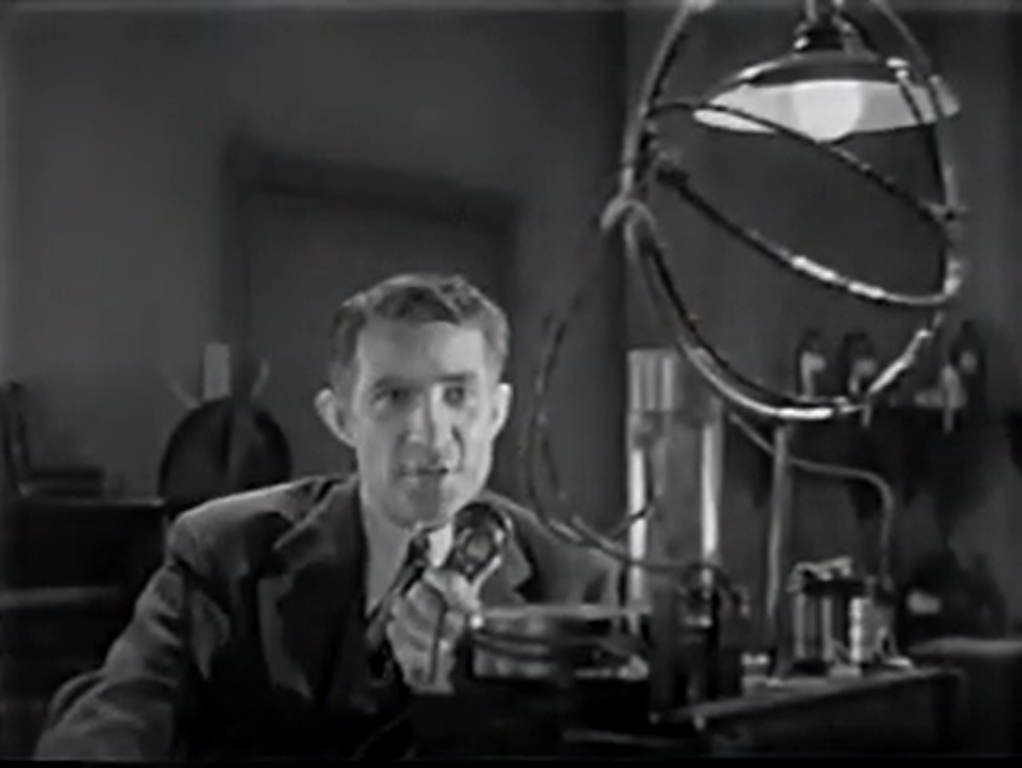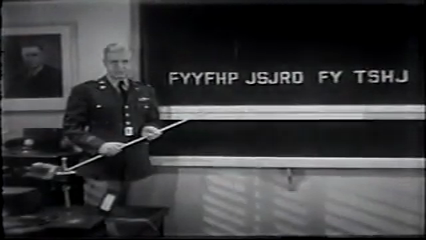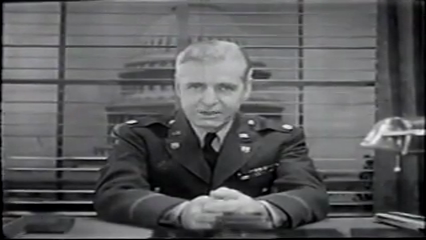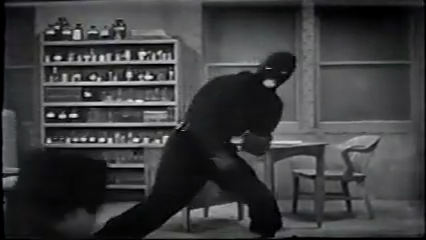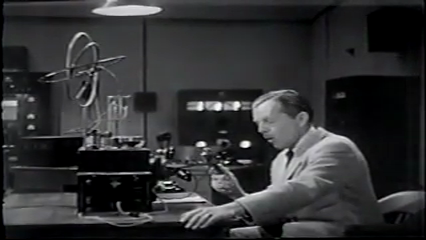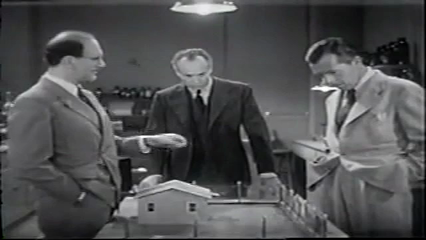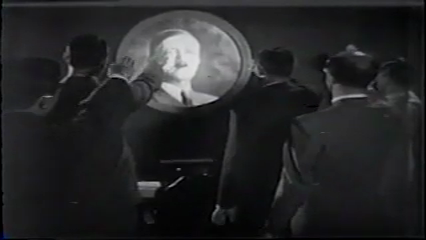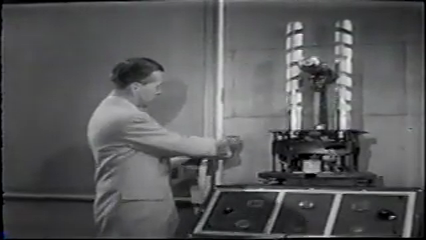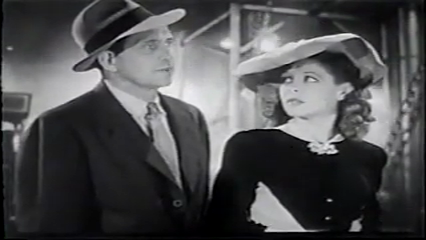-
#421 – Evil Bong 2: King Bong
Evil Bong 2: King Bong (2009)
Film review #421
Director: Charles Band
SYNOPSIS: Alistair McDowell visits his three former roommates after one of them tells him they’ve all had strange things happening to them. Alistair surmises that they are all suffering from side effects of smoking from the evil bong that they previously destroyed when it attempted to steal their souls. They contact the delivery man who delivered the bong, who tells them that the bong originated from a tribe located in the Amazon, and so the group head into the rainforest to find answers and try to cure themselves from the side-effects which have afflicted them…
THOUGHTS/ANALYSIS: Evil Bong 2: King Bong is a 2009 comedy horror film and the sequel to the 2006 film Evil Bong. The film starts off with Alistair visiting Larnell at his new apartment. Larnell remarks that he hardly recognises Alistair; a sly reference to the fact that it is a different actor playing him than the first film. The reason Larnell called Alistair over is that he and his roommates have all been afflicted by strange changes: Larnell’s libido has gone into overdrive, Bachman has developed narcolepsy, and Brett has become morbidly obese, adding strain to his relationship with his girlfriend. Alistair guesses that it must be a side-effect of them smoking from the evil bong of the first film, and tries to learn more about it. The only lead they have is the delivery guy who delivered the bong, who they arrange to come round. He tells them the stories that he himself was told when he picked up the package about how the owner picked it up when he was serving in the Amazon with the peace corps. With this in mind, the group (including the delivery guy for some reason), head to the Amazon to find the tribe and get some answers. As with the first film, the film’s plot is fairly simple. Most probably because this is designed to be a film that you watch while smoking weed yourself. There’s more of a plot than the previous film though, and everything is simple enough to follow, so that’s a plus.
The group arrive in the Amazon where they meet a scientist who has discovered a new type of marijuana that has extraordinary medical properties. When the group smoke this, they are cured of the afflictions of the evil bong. However, another of the scientist’s plans to use the new weed to sell it on the streets and become rich. He reforms the evil bong from the first film with the fragments that Larnell saved, and encounters the tribe alongside a more powerful bong called King Bong. When this new bong takes the delivery guy into his inner realm, the group decide to go and save him, with the original evil bong supporting them (apparently she is King Bong’s ex; don’t ask me how bong relationships work…). The climax is pretty similar to the first film, with the group venturing into the inner bong world where people are tricked by illusions that the bong creates. There’s nothing too spectacular about the finale, and it is resolved in the way you’d expect. The characters are pretty much the same from the first film, and the new characters add very little outside of the typical roles they fill.
Like the first film, the budget for this film is spectacularly minimal, but it does do a bit more than it’s predecessor by doubling the amount of settings from two to about four. The “Amazon” is clearly just some woods, and the bong world has nothing remarkable about it. I think the film flows better than the original, and has a few more laughs, but overall any improvements are minor. It’s not any worse, but not too much better. Like the first, you’re only going to find some value in this if you’re already high and can ‘enjoy’ the imagery and simple gags that won’t go over your head. Overall, Evil Bong 2 is a mild trip that is slightly better than the original, but still doesn’t live up to the ridiculousness of the premise that the title provides.
-
#420 – Evil Bong (2006)
Evil Bong (2006)
Film review #420
Director: Charles Band
SYNOPSIS: Alistair McDowell rents a room with Larnell, Bachman and Brett, three other college students, who are obsessed with smoking weed. Larnell orders a large bong online that apparently is possessed, and the three roommates (excluding Alistair) enjoy it’s benefits. However, things take a dark turn as the bong starts killing them off one by one after they smoke from it and are taken into the “bong world” where the spirit of the evil bong has total control, and enacts a deadly plan to turn the world into eternal stoners…
THOUGHTS/ANALYSIS: Evil Bong is a 2006 comedy horror. The film starts out with a college student named Alistair McDowell going to rent a room with three other students, all of whom continually smoke weed (while Alistair never does, he is not opposed to them doing it). With Alistair’s rent money, Larnell, one of the other students, now says he has enough money to buy an extravagant bong he has found online. There is a warning from the previous owner that the bong is possessed, but that doesn’t stop Larnell from purchasing it. When it arrives, the three (excluding Alistair partake in smoking from it. Later that night, Bachman hears the bong calling him and when he smokes it, is transported into the “bong world” where the bong has the power of illusion and kills Bachman. The remaining roommates notice that he is dead in the morning and attempt to hide his body when Larnell’s grandfather pays a visit. As the film progresses, the rest of the cast are sucked into the bong world as the evil bong grows more powerful, leaving Alistair to enter the bong world himself in order to defeat it. The plot of the film is rather minimal: there’s an evil bong that kills people when they smoke from it. That’s the movie. One of the key things about this film is that it’s more than likely aimed at people who are already high when they are watching this, so they aren’t going to really be able to follow an intricate story. With that in mind, the film just needs to have a few cheap laughs and some surreal imagery and I suppose it does that in the most minimal way possible, with some unoriginal funny lines that may get a chuckle because they always do no matter where they’re used, but again, anything more complex probably isn’t going to get the audience’s attention.
The characters are all pretty bland, with their personality consisting of exactly one trait. Alistair is the straight-laced nerd, Larnell is a typical stoner, Brett is a jock, and Bachman is a “surfer dude.” They have no personality outside of these tropes. You can quite easily swap around the latter three and it would have no effect on the story, as each of their “unique” personalities contributes to about one joke each in the entire film. Some other minor characters include Larnell’s grandfather, whose one extended scene adds nothing to the film, and also the evil bong’s former owner, played by Tommy Chong (look him up if you don’t know who he is). There’s also a fair few cameos from characters from other films made by the same production company, but I didn’t recognise any of them because I haven’t seen any of the movies. The only one I have seen is the Trancers series, from which Jack Deth makes a brief cameo, but I didn’t recognise him, and I’m not sure anyone would since the Trancers series is hardly a keystone of film history (despite their being six films in the series). The evil bong herself is an animatronic face with limited movement (the lips definitely don’t sync to the words she says), and it’s a bit trippy, but nothing amazing.
I’m going to assume that this film had no budget, as the entirety of the film takes place in the roommates apartment. The various characters come in and out, but most of the time it’s just the four main guys bantering or smoking weed. The only other location in the film is the “bong world” where everyone goes after they have inhaled from the bong. This world is apparently a strip club where the bong has the powers to create illusions and kill those who are trapped there. It’s a fairly drab and dark setting so you can’t really see what’s going on, but undoubtedly viewers will be more focused on the semi-nudity in these scenes anyway. There’s some surreal-ish imagery that accompanies these scenes with marijuana leaves flying around the screen and a hazy border around the film, but it’s hardly psychedelic and mind-bending…unless you’re already high I suppose. Overall, Evil Bong is a pretty stupid film, but it knows it and doesn’t try to be anything else. It’s obviously intended as a film to get high and watch, so there’s nothing remotely complicated, and also nothing to really make sense of.
-
#419 – Bill and Ted Face the Music (2020)
Bill and Ted Face the Music (2020)
Film review #419
Director: Dean Parisot
SYNOPSIS: Bill S. Preston esquire and Ted “Theodore” Logan were supposed to unite the world through their music. Nearly thirty years after they played a gig to the world, they are still yet to write the song that will they are destined to actually unite the world with. Now married with grown-up children, Bill and Ted are confronted with their failure by being told that reality will cease to exist unless they can write the song. Bill and Ted have the idea to travel into the future and take the song from themselves when they’ve written it, while their daughters Billie and Theo travel into the past to gather up some famous musicians to help them out. However, the Great Leader of the future has lost faith in the duo, and has sent a killer robot to track them down through time and kill them, believing that their deaths may be able to save reality…
THOUGHTS/ANALYSIS: Bill and Ted Face the Music is a 2020 sci-fi comedy film, and the third film in the series, after 1991′s Bill and Ted’s Bogus Journey. The film opens thirty years after the events of the previous film, with Bill and Ted playing the music for the wedding of Ted’s younger brother Deacon, and Missy who was Bill’s step-father in the first film, and Ted’s step-father in the second, which makes for a humourous scene that brings together a lot of the characters of the previous films, and shows what they have been up to in the twenty-five years since we saw them last. However, for Bill and Ted themselves, the last twenty-five years have not been so kind, as they have constantly failed to fulfil their destiny and write the song that will supposedly bring universal harmony and save reality. They are summoned to the future where they are asked to explain their actions, but their usual charm doesn’t seem to be working this time. They are forced to work on the song as the timer counts down to when they must perform it. They have the idea to instead travel to the future and take the song from themselves when they have written it, and so begins another ‘excellent adventure’ for the duo as they travel to various points in their future to find the song they supposedly have to write. After a thirty-year gap between films, there is undoubtedly a lot of expectations for someone who grew up watching these films for this new one to live up to the nostalgia of the first two. Thankfully, and perhaps even surprisingly, this film manages to capture the feel of the previous films, while also taking them somewhere new through the future and possible realities. At the heart of it though, is still this unshakeable friendship between two rock-loving guys which forms the basis for bringing out the very best in the entire universe. The film acknowledges its predecessors through both returning many of the characters, and also small little references which will make you laugh if you recognise them. The Bill and Ted films were never perfect or perfectly-polished masterpieces; they were just a fun adventure about two ordinary guys who have extraordinary adventures, and this film fits in perfectly to that. It didn’t have to be made, but it was made for the fans that have such a fond memory of the films, and through the return of the original writers and many of the characters, it’s hard to see how they could have made a better movie to round off the trilogy. Like I say, the previous films aren’t perfect and neither is this one, but again that nevertheless binds them together.
The main plot of the film is mostly split into two: firstly, you have Bill and Ted travelling to visit themselves in the future to find the song that they will supposedly write, and take it back to the present. In doing so, they come across many versions of themselves where they didn’t write the song, and their lives have fallen apart, including their wives leaving them. Bill and Ted, through this constant time-hopping, are brought into contact with the consequences of their actions, and try to avoid their bad futures by fixing the present. This again reflects the tireless wholesomeness of the duo as they recognise their mistakes and try to do everything they can to fix them. They are also being chased down by a robot from the future, sent by the Great Leader who believes that since Bill and Ted fled from the future and making the song, another interpretation of how to save reality would be to kill them, and so she sends the robot to do it. The series has never really needed villains: in the second film, the villain doesn’t really have much of a role to play himself, but rather just sets things in motion. The driving force of the films has always been about Bill and Ted learning something and improving themselves, rather than defeating an overarching villain, and again, this film does that too. The killer robot does have a small redemption arc as he is integrated into the cast, and it again shows how Bill and ted can win over just about anyone. The other main plot point concerns Bill and Ted’s daughters Billie and Thea, as they try and help their Dad’s out by travelling into the past and collecting famous musicians to help with performing the song. This element of the plot is a little weaker than the scenes focusing on Bill and Ted, and is quite similar to the first film. Nevertheless, there’s still plenty of laughs to be had, and Billie and Thea are genuinely likeable characters, in that they reflect their Father’s mannerisms and optimism, combined with being adults of the 21st century. More could have been done with their characters, but I think keeping focus on Bill and Ted themselves is the appropriate decision. Kelly, who is the daughter of Rufus, the duo’s mentor from the first two films, is also a fun character who doesn’t have the coolness of her father, but is still doing her best. Although she is not her Father (the actor who played him, George Carlin, passed away between the film), her belief in Bill and Ted reflects that constant returning theme of how a simple optimism, while not being afraid of confronting reality, can make a difference, even if you’re not as cool as Rufus.
As I mentioned, i have very little criticisms regarding the film, but there are definitely some things which stand out as being issues. While the majority of the film is well balanced and structured, the last part feels a bit rushed, with everyone getting together and a lot of references being used which leaves little time to appreciate them, and the magnitude of, for example, returning from the dead. Perhaps the main hindrance is the lack of budget: it is obvious that a lot of the scenes from the future etc. are done on greenscreen, and makes some of them feel a bit static and lifeless compared with the energy and often weirdness we got in the previous films. None of the films are very high budget, and that’s part of the charm in that the ordinariness of the leads juxtaposes against the bizarre situations they find themselves. The ending of the film had a revelation that was quite easy to spot ahead of time, and it accomplishes what you expect and want it to: it goes big for the big finale which saves reality, but again I feel like it needed just a little more spectacle than the budget could afford. Nevertheless, It is definitely satisfying, and does the story justice. One cool little feature is that the countdown to the time that Bill and Ted have to perform their song is exactly in synchronicity with the runtime, adding that little extra investment. The song itself that they perform is pretty much perfect: it combines a host of instruments that encapsulate the diversity of reality while having that distinct classic rock/metal sound that Bill and Ted is known for. The fact that it has no lyrics also reflects how the power of music transcends language. It sounds like the song I’ve been waiting thirty years to hear. The more I think about it, the more I appreciate it, and I think this just reinforces just how this film nailed exactly what Bill and Ted is about and how it did exactly what it needed to thirty years later.
Overall, Bill and Ted Face the Music is a worthy, and fully-formed addition to the beloved series: it doesn’t feel like a cash-in or a pointless add-on, but takes the characters people remember fondly and allows them to fulfil the potential they have been destined for for thirty years. It’s a love-letter to those people who grew up with the characters and have a nostalgia for them, and the film never feels like a disservice to that nostalgia, which in itself is a remarkable achievement if you look at other franchises which try to do the same thing. Even though the previous films explored all that could be explored through both the past and after-life, Face the Music still offers something new in the travels through the future and confronting their alternate selves, and the weight of their actions. Throughout it all, even when Bill and Ted are despondent in their lack of success in writing their world-changing song, their simple, but persevering optimism always sees them through the darkest of times. Alongside this, this optimism does not blind them to confronting the mistakes they have made, and are constantly trying to fix things (they continually “face the music” in more ways than one). Face the Music really captures the themes of the series, and brings them together in a satisfying way. It’s not a perfect film, but neither were it’s predecessors, which makes them fit together well. The film is visually hampered by it’s lack of budget and over-reliance on greenscreen, but those are really minor issues that don’t detract from the film’s story and message. For any fan of the previous films who remembers them fondly, Bill and Ted Face the Music is both a worthy tribute and a successful continuation of the story of two ordinary teenagers who have gone on to accomplish extraordinary things.
-
#418 – The Secret Code (1943)
The Secret Code (1943)
Film review #418
Film director: Spencer G. Bennet
SYNOPSIS: Dan Barton, a police officer, is assigned by his boss to infiltrate a Nazi spy ring operating in the country. To do this, Dan is framed for a murder and discharged from the police service, but before his Boss can tall anyone else what his mission is, he is murdered, which means that no one knows that he is undercover. Dan begins to try and gain the trust of the Nazi spies, while also donning the mask of the “Black Commando” to sabotage the saboteurs.
THOUGHTS/ANALYSIS: The Secret Code is a 1943 movie serial comprised of fifteen chapters. The serial opens up with Dan Barton, a police officer, being assigned to go undercover to infiltrate a Nazi spy ring operating somewhere in the city. He is framed for a murder and discharged from the police to give himself a cover story, while only his boss knows the true story. However, when Dan’s boss is killed himself, there is no one else who knows about the undercover operation, and so he must bring down the spy ring without any help from the police, who are looking to arrest him. He does get some help. however, from his friend in the police Pat Flanagan, and a reporter whose curiosity gets her involved. Dan joins the Nazi spies on various operations, but also secretly dons an all-black mask and suit, calling himself the “Black Commando,” and sabotaging their operations with the knowledge he has of them. This serial does change up some of the typical setups of the format; most notably where usually the masked villain is usually one of the heroes allies, here the masked hero is one of the villain’s seeming allies. The rest of the story setups are pretty standard though. The main objective for Barton is to obtain the “secret” code that the Nazis are using to send messages to their spies. The Nazis get their messages through a large light-up screen, where squares with numbers flash up on the screen and they are able to decrypt them for orders. The theme of codes runs through a lot of the story, showing how spies might receive their instructions through various coded ways, which I’ll discuss later on.
What makes the serial unique from all of the other war-time serials I’ve seen is that they actually refer to the villains as Nazis, while usually they are referred to as simply “a foreign power” (the same holds true for when the villains are Japanese but that’s more obvious when the actors are adorned in make-up to “look” Japanese). On the screen where their orders are given, a swastika or picture of Hitler himself is shown before the message begins, as the spies salute him and proclaim “Heil, Hitler” in authentic Nazi style. One of the little things I noticed in one of these scenes where they are filmed from behind, one of the actors clearly has his fingers crossed behind his back. Obviously all the actors are American and wouldn’t really salute the Nazi leader, and I wonder whether the actor knew he was being shot from the back or front; either way, these serials were pumped out in about a month, so there was never any time for re-shoots to edit out these hiccups. It should be of no surprise that this serial is a big chunk of war-time propaganda, attempting to educate the American public on the tactics of spies and the codes they use. The use of referencing the actual Nazis also puts things into focus with regards to who the enemy is.
The characters themselves are pretty bland. Barton is a typical main lead, his friend Pat Flanagan is the most stereotypical Irish friend character imaginable. His go to line is that everything that happens to him is the “luck o’ the Irish” is just a replacement for any kind of actual character, and he only seems to have an Irish accent when he needs to reference the fact that he is Irish. The female reporter is the typical sole female token character who is always either a reporter or a secretary, since apparently those are the only two jobs a woman in the 40′s could do, or could be seen to do on film anyway. The Nazi villains are also fairly bland, and the consistency of their accents fluctuates wildly. The masked identity of the Black Commando is not noteworthy, as it’s just a completely black suit and mask, without any unique characteristics or abilities. The acting across the characters is unremarkable, although there’s a few moments where actors clearly miss their cue and say their lines a little too late. All in all, nothing stands out in terms of the characters.
Perhaps the most unique and bizarre aspect of this serial is at the end of the each chapter. There, we are treated to a scene in the office of U.S. “army intelligence officer” Henry Burton, who speaks to the viewer directly about the different types of code enemy spies use, and what the public might be on the look out for. First of all, he is clearly not an actual member of the U.S. army, but another actor. Even if you don’t know this from looking up the credits, you can tell he fumbles his lines often when he actually has to decrypt the code on the blackboard, even though he probably has the answers offscreen, he hesitates when he has to do some actual decoding, and sometimes even says the wrong thing while writing the right answer on the board. The segment shows a number of interesting ways of making and breaking codes, but some of them are a little far-fetched, such as the one about the contents of a spy’s pockets forming a code, but there was no way you could have deduced the order the items should have been in order to decrypt it. It’s a nice bit of trivia, but it’s application to reality (like most propaganda) is dubious.
Overall, The Secret Code offers a few different takes on serial tropes, but is let down by lacklustre characters. The context of a war-time serial means it is bloated with propaganda and messaging, but is able to be much more direct with it than other serials at least. It’s unique enough that it might be worth a watch for serial enthusiasts, but it’s definitely a product of its time.
